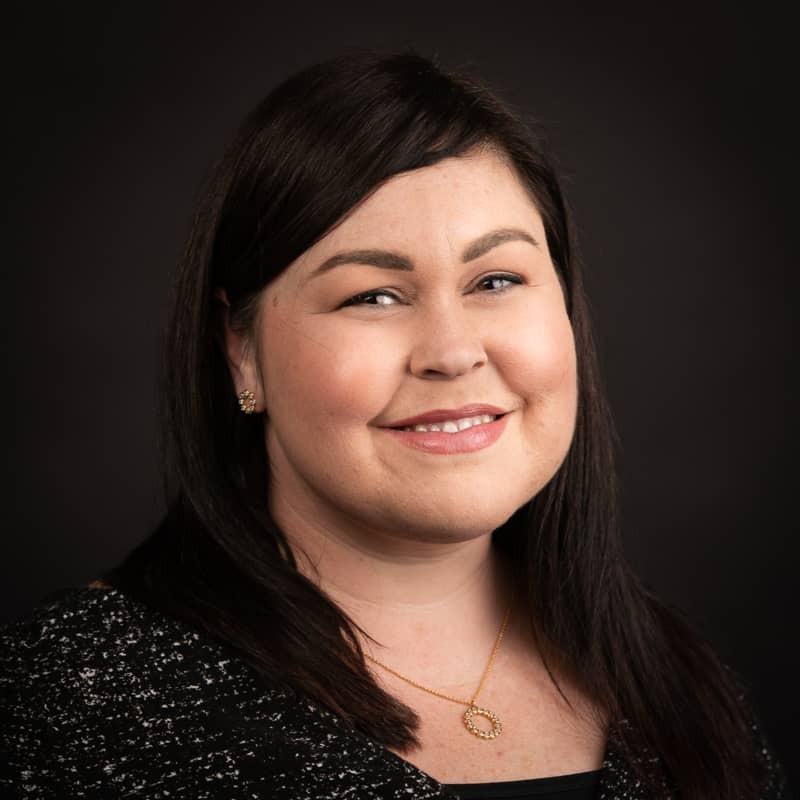
The gap between LIBOR and SOFR made credit-spread adjustments (CSAs) a necessity in pricing new issue loans. Still, to address concerns about transitioning to a new benchmark, Term SOFR and the Adjustable Interest Rate (LIBOR) Act were introduced. There are many considerations regarding the implementation of SOFR today, including the rising interest rate environment, trading restrictions under Term SOFR, and calculating loan pricing without a CSA. The following article highlights the challenges faced transitioning from LIBOR to SOFR and provides insights into how regulators address the issues.
What is a Credit Spread Adjustment (CSA)?
A credit spread adjustment (CSA) compensates lenders for the differences in calculations between LIBOR and SOFR, which by definition as a backward-looking rate, carries no risk.
Why Use a CSA?
Fluctuations in LIBOR and SOFR and the gap between the two lending rates made credit-spread adjustments a necessity in pricing new issue loans.
Term SOFR and SOFR in a Rising-Rate Environment
Term SOFR is a rate that rises in anticipation of interest-rate increases while SOFR reflects current and trailing 30-day market conditions.
SOFR Rates – What Happens in a Credit Crunch
SOFR, a non-credit sensitive rate, is tied to the highly liquid repo market so volatility should be limited during periods of market stress.
The transition to SOFR today has faced several hurdles. Regulators continue to address concerns by the broader market. Credit-spread adjustments were introduced to level the disparity between the LIBOR and SOFR base rates when pricing new-issue loans. The Alternative Rate Committee (ARRC) used a five-year historical median difference between the two lending rates to calculate the appropriate CSA based on one-, three- and six-month loan tenors.
Other tools introduced to ease the transition from LIBOR included Term SOFR – a rate that moves in anticipation of rate changes – and the Adjustable Interest Rate (LIBOR) Act, which established fallback clauses for $75 trillion of “tough legacy” loans.
Term SOFR
While Term SOFR will rise in anticipation of interest rate changes, SOFR reflects current and trailing 30-day market conditions and will not move on the possibility of higher rates. Since SOFR is a risk-free rate, volatility during periods of market stress will be limited.
Regulators and market participants alike have devoted countless hours to ensure a smooth and final transition to SOFR or an alternative base rate to minimize market disruption.

Renee Kuhl
Managing Director, Loan Agency tel:612-509-2323
Renee is the managing director of the SRS Acquiom Loan Agency Group. With more than 15 years of experience as administrative and collateral agent on loan transactions and more than ten years managing teams in loan agency and restructuring products, she is an accomplished financial industry professional and leads the loan agency business globally.
Before joining SRS Acquiom, Renee served as an administrative vice president at Wilmington Trust, N.A., most recently leading the loan agency and restructuring products. In addition to her 10 years at Wilmington Trust, she also worked for Wells Fargo Bank, N.A. in the corporate trust and shareholder services departments.
Renee has a Juris Doctorate from Mitchell Hamline School of Law in Minnesota, and a B.A. in political science and history from Azusa Pacific University in Azusa, California.